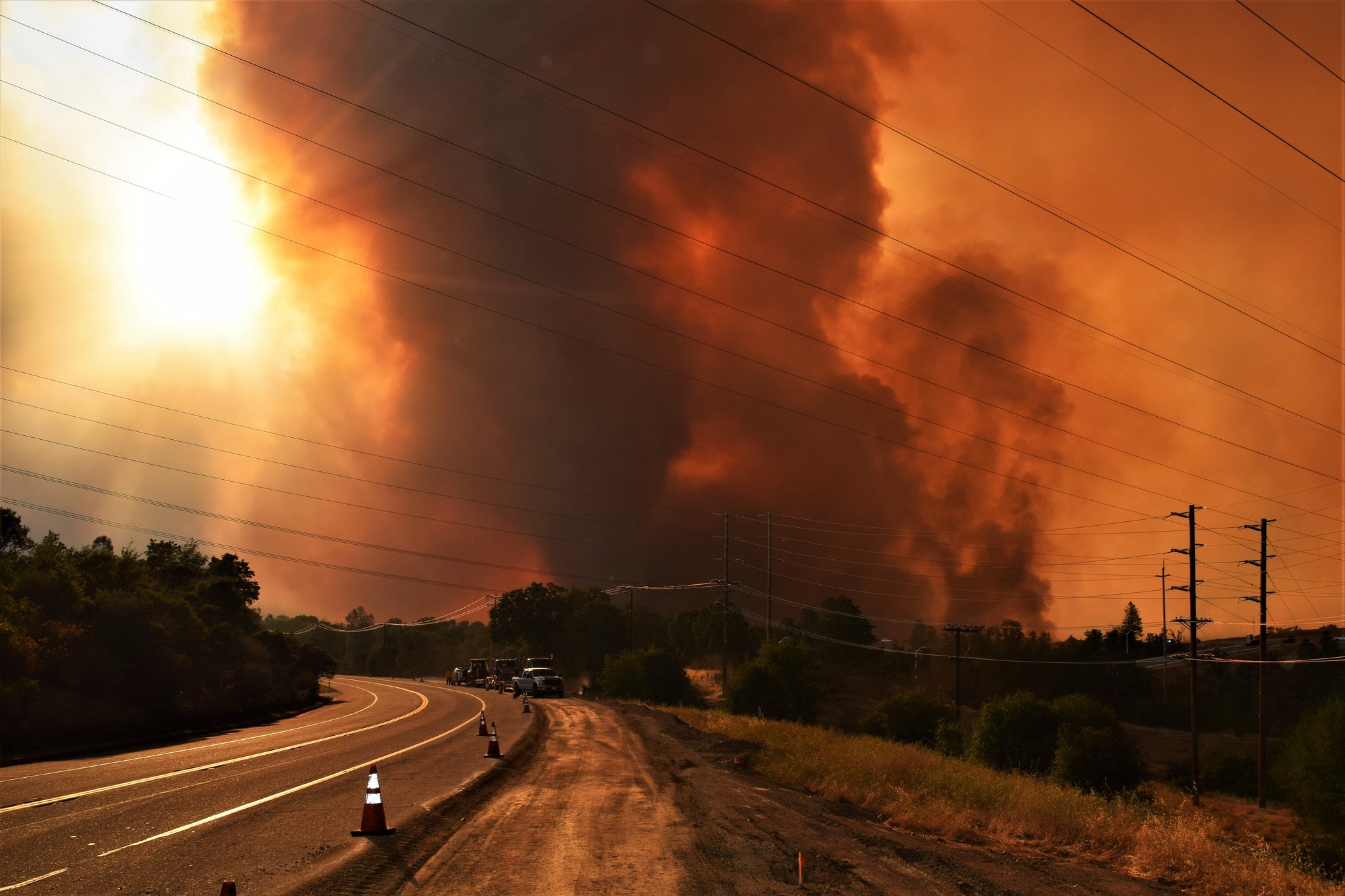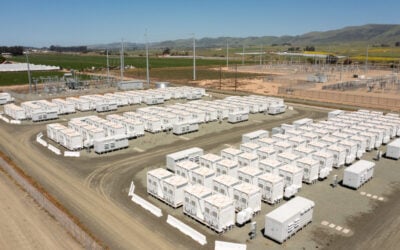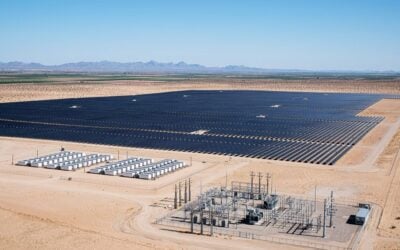
Communities most likely to be affected by both the effects of and the response to devastating wildfires which have wreaked havoc on California will be given extra incentive to install solar-plus-storage at their properties.
In addition to the impact of the fires themselves, the latter part of this year saw utility PG&E, already facing bankruptcy proceedings relating to liabilities for previous fires, shut off power to more than a million people in areas where outlying substations, wires and cables from the grid are mapped out to be at risk from high winds and falling trees.
Enjoy 12 months of exclusive analysis
- Regular insight and analysis of the industry’s biggest developments
- In-depth interviews with the industry’s leading figures
- Annual digital subscription to the PV Tech Power journal
- Discounts on Solar Media’s portfolio of events, in-person and virtual
A series of fires in the past few days alone has led to up to 2.7 million people losing electricity in the PG&E service area by yesterday (27 October).
While shut-offs had been considered a prudent move by the utility, one of California’s three main investor-owned utility (IOU) companies, to do so, there has been criticism of the short notice given to customers on around 700,000 grid connection points, some of whom will lose power for several days at a time.
While deliberation is ongoing on how PG&E has handled the matter, in the meantime there has been a response from the California Public Utilies Commission which has responded by making some adjustments to the state’s Self-Generation Incentive Program (SGIP).
Described by research firm Navigant as “one of the longest running and most successful distributed energy incentive programmes globally”, SGIP will pay out over half a billion dollars to technologies including renewable and non-renewable generation, as well as large and small scale energy storage. It also has a provision for encouraging adoption in lower-income communities, the Equity Budget.
SGIP precedes California’s recently introduced 100% renewables targets and was one of the main initiatives at both public and private level examined in-depth by Strategen Consulting’s Janice Lin and Jack Chang in a recent feature article.
The CPUC has since issued a decision to establish the Equity Resiliency Budget within SGIP, which modifies existing equity budget incentives, approves carry-over of accumulated unspent funds and approves US$10 million to support pilot projects for disadvantaged communities in the San Joaquin Valley.
Adam Gerza at Energy Toolbase blogged for his company’s site last week that the SGIP Equity and Equity Resiliency Budget sets “very lucrative” incentive levels for both set-aside programmes. Equity Budget projects can get up to US$850 per kWh and Equity Resiliency Budget projects that qualify could get up to US$1,000 per kWh. Applications are expected to be start being accepted “sometime between January 1 and April 1 2020,” Energy Toolbase’s Adam Gerza wrote.
CPUC acknowledged that previous attempts to address inequity of storage distribution had “languished,” due to the incentive level being set at the same level as the initial incentive. Introduced in 2016, the SGIP Equity Budget had carved out 25% of SGIP funds and CPUC hopes the increased incentive improves “the likelihood of programme participation,” while around US$7 million in unspent Equity Budget funds for residential and around US$63 million for non-residential can be “rolled over” and unlocked.
Gerza said that with such “rich” incentive levels, demand for rebate reservations is expected to be very strong. Both standalone storage and solar-plus-storage projects qualifying for Equity or Resiliency “undoubtedly offer very attractive project economics,” while many of the US’ “leading energy storage developers we’ve talked to are aware of these new programs and are likely lining up projects now in anticipation of the application window opening in Q1 of 2020,” Adam Gerza wrote.
Meanwhile, Navigant Research analyst Alex Eller blogged that the new incentive in California is “one of the most generous in history” for behind-the-meter (BTM) battery energy storage. The designated US$100 million budget carve-out for vulnerable households, with its higher rate offers even better economics than the regular US$1,000 per kWh incentive – which pays for over 95% “of the cost of many popular home battery systems,” Eller said.
However, Eller notes, the structure of the SGIP incentive means that it only pays out a portion of the subsidy once the system has been installed and is in operation, requiring that the upfront cost of the system still remains relatively high for what may be a “relatively new and unfamiliar” technology for customers and making it a harder sell for installers.
“Overcoming this barrier will require continued financial and business model innovation on the part of solar and energy storage vendors to both lower customer acquisition costs and reduce the required upfront payment from those customers,” Navigant’s Alex Eller noted.
As well as distributed household energy storage systems, the potential of microgrids has also been discussed for the region, while Alex Eller also considers that companies able to develop “winning business models for these customers in California will be well positioned to expand offerings to other areas throughout the western US at risk of wildfires and other natural disasters”.
This article has been amended from its original form to reference further customers losing power over the weekend of 26-27 October 2019.






